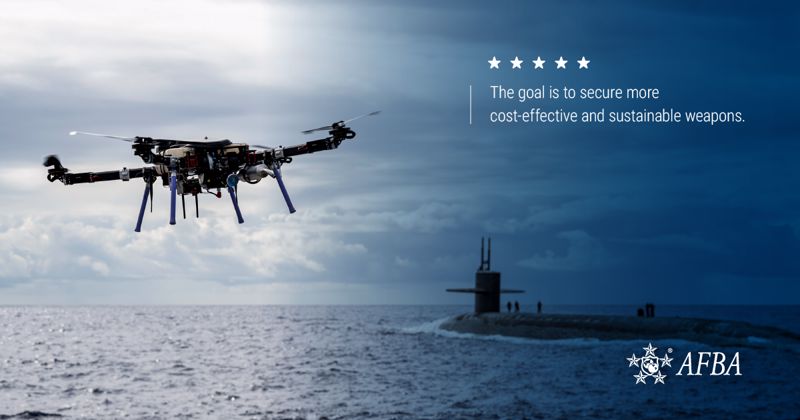The Department of Defense is prioritizing weapons sustainment in 2021, citing this portion of weapons lifestyle as being the most important, according to the Federal News Network. Acquiring the weapon is only the first part of the DoD’s process and noticeably less expensive than operation procedures that will follow. Moving forward, weapons contractors will have to take this transition into account when selling to the government.
Supply chain
The DoD says that its choice to shift into focusing on weapons sustainment is based on the fact that operations are 70% of the overall cost of the weapon. Over the last few years, the Adaptive Acquisition Framework (AAF) has been going through intense revisions. The six pathways laid out in the framework guide buyers to work more efficiently in the acquisition process. The AFF shows the DoD moving into finding longer lasting products as opposed to buying a larger quantity.
Environmentally conscious
The United States Government is also considering the impact of its weapons on the climate. The changing climate is impacting commercial markets by encouraging sustainable innovation, and the government defense market is no different. The U.S. Army has already begun looking into “new environmentally friendly primary explosive materials”, as just one example of the United States’ efforts to reduce its impact on climate change.
Acting as defense undersecretary for acquisition and sustainment, Stacy Cummings said the DoD is now taking climate change data to assist in how it will buy and develop weapons, as reported by the Federal News Network. For example, combustible engines are not only hard on the environment, but need considerable maintenance.
Contractors who exhibit products that are environmentally conscious and relatively easy to maintain will have an upper hand in selling to the DoD. Additionally, weapons manufacturers should create products that have the ability to work effectively in extreme weather conditions for a long period of time.
Proactive maintenance
Whereas previously weapons contractors and sustainment specialists may have taken a reactionary route to maintenance, the DoD is now more interested in proactive maintenance. Instead of trying to fix a malfunction after it happens, weapons manufacturers need to create products that eliminate issues before they even occur.
The DoD has been making serious efforts to leave reactive maintenance for the past several years. In 2020, DoD Instruction 4151.22 solidified the government’s interest in condition-based maintenance. The goal is to secure more cost-effective and sustainable weapons.
 The appearance of U.S. Department of Defense (DoD) visual information does not imply or constitute DoD endorsement.
The appearance of U.S. Department of Defense (DoD) visual information does not imply or constitute DoD endorsement.Increase sustainment
Cummings specifically mentioned three areas where sustainment is poor, according to the Federal News Network. She mentioned that the DoD is looking to increase operational efficiency in these three areas:
- Technical data agreements.
- Provisioning and cataloging spares.
- Establishing organic repair capabilities.
Contractors would have to sign adjusted agreements and new technologies are necessary to satisfy the DoD’s needs. Contractors will be impacted by the revision of previous instructions and the creation of new ones, namely DODI 5000.91, “Product Support Management for the Adaptive Acquisition Framework.”
High-tech weapons
Enhanced weapons testing is necessary if increased sustainment is to come to fruition. Technological advancements in software and hardware needs to meet additional testing requirements. Not only do the weapons need to hold up against the changing physical environment, but they also should be resistant to cyber attacks.
Contractors need to prove the durability of their product because the digital battlefield is a relatively new warzone. Sustainment and operational effectiveness will be integrated into the life cycle of weapons as early as possible.
As weapons systems evolve, contractors should follow the DoD’s lead.

